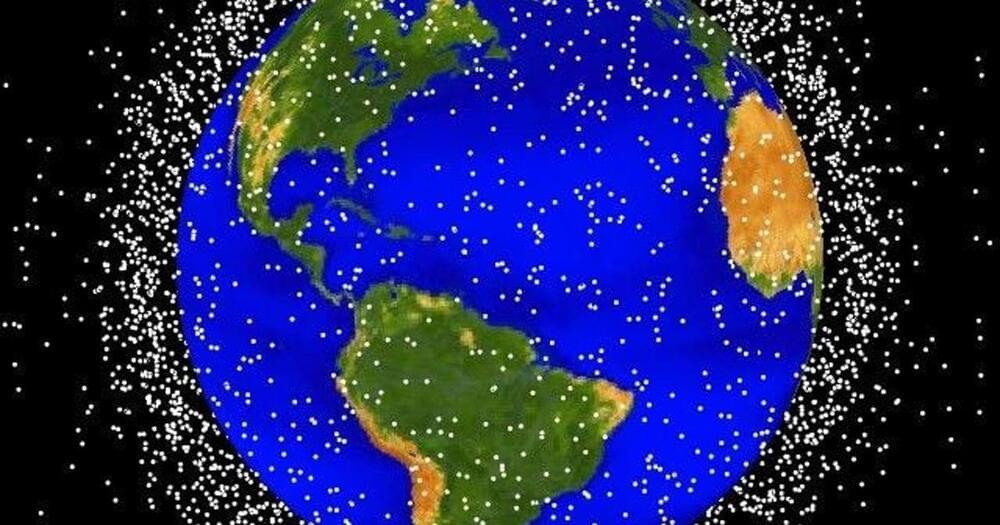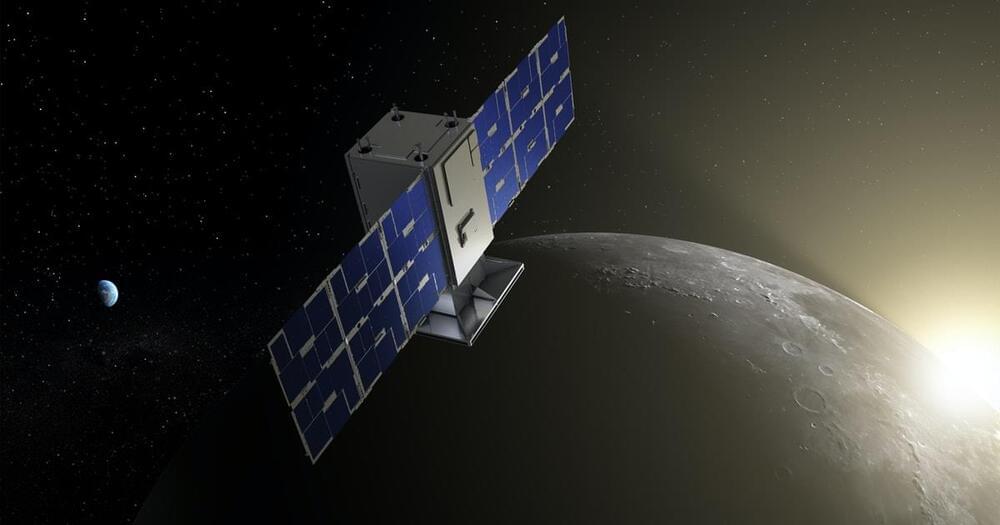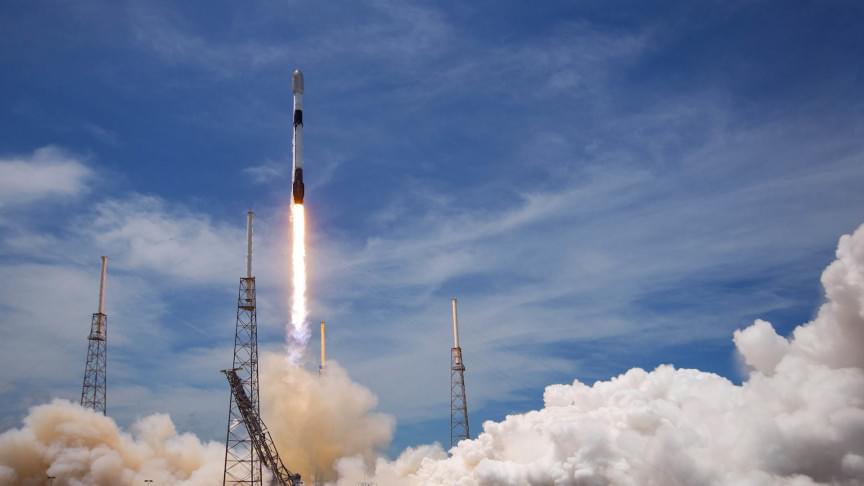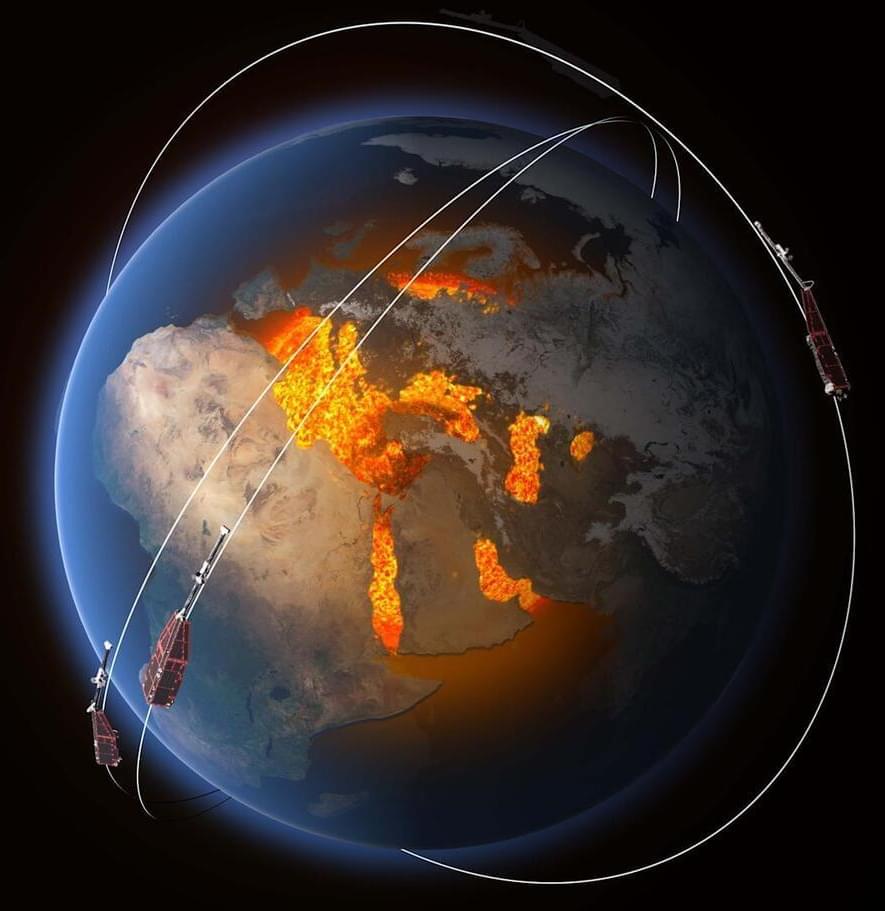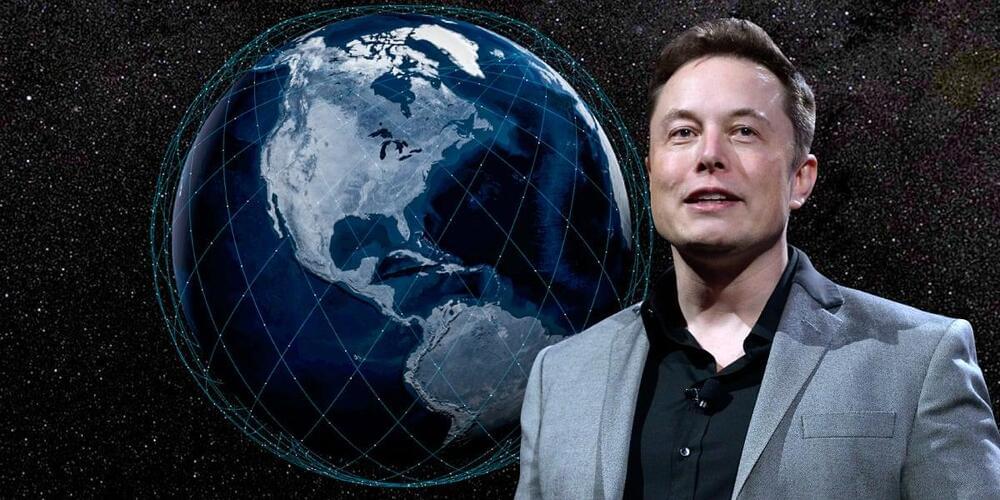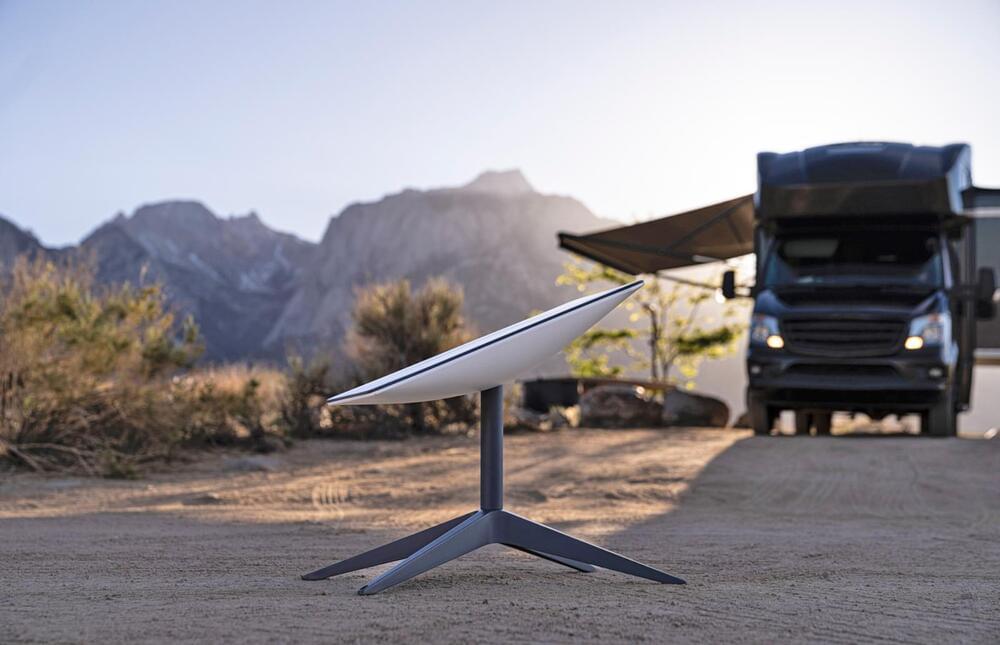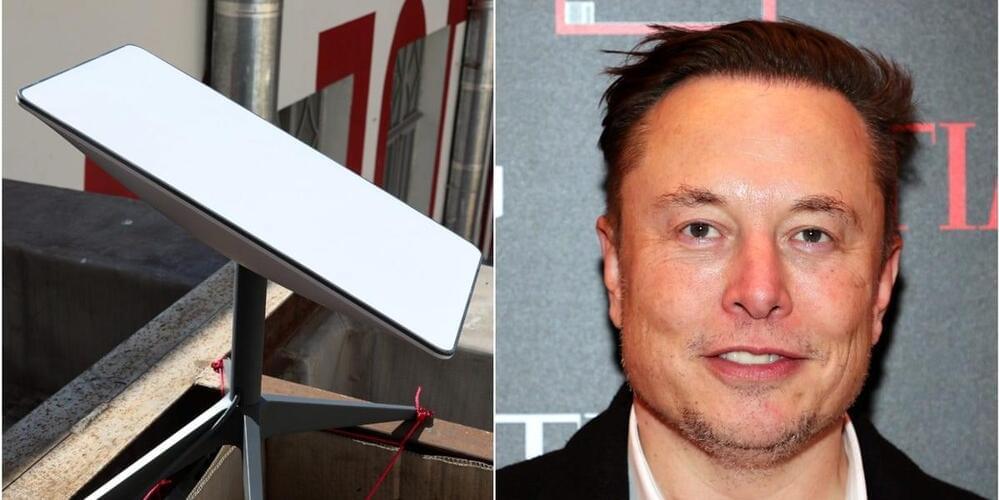SpaceX informed the Federal Communications Commission (FCC) it surpassed 400,000 Starlink Internet subscribers across 36 countries. The company had a private conference presentation with FCC representatives on May 19 about using the 12GHz band “for providing next-generation satellite services to Americans,” including to use Starlink broadband satellite service on moving vehicles.
An outline of the presentation was submitted as a public filing to the Commission where it states the new subscriber count and a list of how Starlink has been useful; a screenshot of the document is shown below. SpaceX doubled the amount of Starlink subscribers in just a couple months. SpaceX announced its Starlink division had 250,000 subscribers in February.
SpaceX’s FCC presentation says the Starlink service is active in 48 U.S. states. Besides the United States, Starlink is now available in portions of: Canada, United Kingdom, Germany, New Zealand, Australia, Austria, Netherlands, Belgium, Ireland, Denmark, Chile, Portugal, Switzerland, Poland, Italy, Czech Republic, Sweden, Mexico, Croatia, Lithuania, Spain, Slovakia, Slovenia, Brazil, Bulgaria, Romania, Greece, Luxembourg, Latvia, Tonga, Hungary, and Ukraine. SpaceX plans to expand service to Africa, Asia, and the Middle East in 2023. The company recently released an interactive Starlink Coverage Map which shows where the internet service is “available” and on a “waitlist” by simply typing an address.
